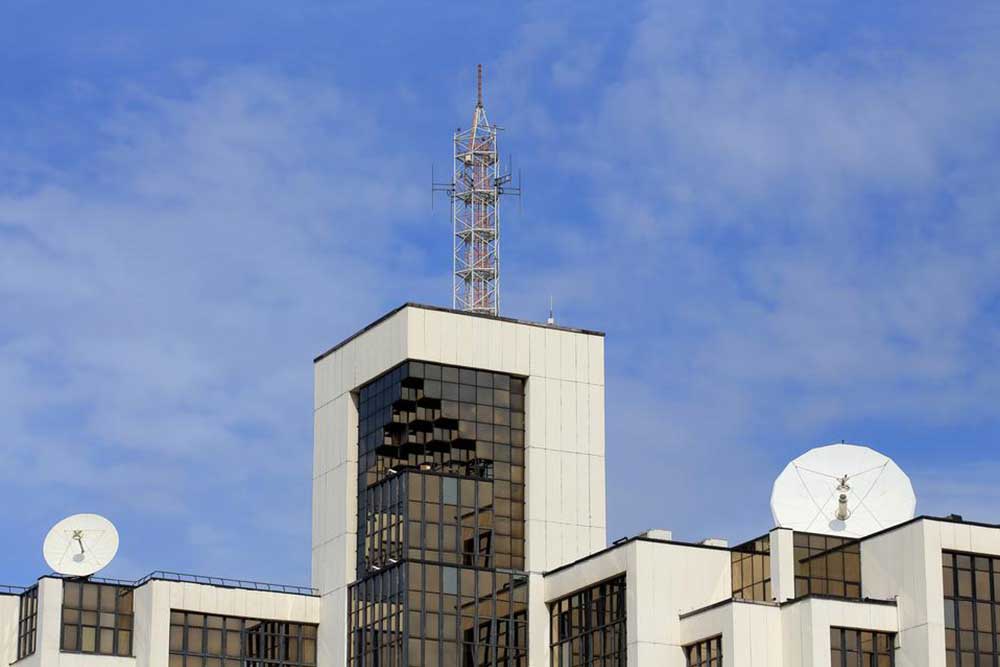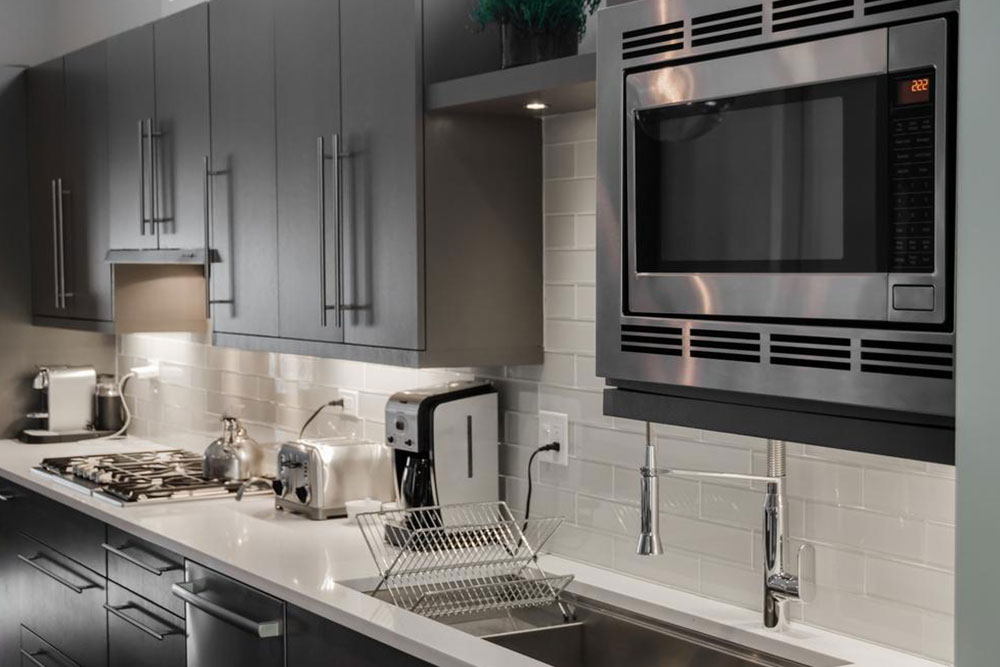Four Key Benefits of Opting for Steel Construction in Modern Building Projects
Discover the top four advantages of choosing steel construction for your building project. Learn how steel offers unmatched durability, cost savings, faster construction times, and resilience against natural disasters. Make an informed decision for a sustainable, secure, and efficient future with steel structures that cater to diverse needs across commercial, industrial, and residential sectors.

Four Key Benefits of Opting for Steel Construction in Modern Building Projects
In recent years, steel construction has gained tremendous popularity across various sectors, including commercial, industrial, residential, and institutional projects. Its remarkable advantages in terms of strength, cost-efficiency, durability, and adaptability make it an increasingly preferred choice for architects, builders, and property developers worldwide. Whether you're planning a new office complex, an industrial warehouse, or a residential building, understanding the unique benefits of steel construction can help inform your decision-making process. In this comprehensive guide, we'll explore the top four advantages that make steel structures a smart investment for modern construction endeavors.
Exceptional Durability and Strength
Steel is renowned for its superior durability and incredible strength-to-weight ratio, making it capable of supporting large loads while maintaining a lightweight profile. Compared to traditional building materials like wood or concrete, steel offers unparalleled resilience against various environmental stressors. Its high tensile strength means that steel structures are less susceptible to cracking, warping, or splintering over time, ensuring a long service life with minimal maintenance. This makes steel an ideal choice for projects that require longevity and safety.Even though steel is lightweight—about 50% lighter than wood—it boasts strength that significantly surpasses many other construction materials. This substantial strength reduces the need for extensive foundational supports, subsequently lowering the overall construction costs and time. In particular, steel's resistance to mold, mildew, pests, and fire enhances the structural integrity and safety of buildings. Unlike wood, steel doesn't decay or rot, and it remains unaffected by insect infestations, making it a sustainable and maintenance-friendly option for various building types.
In addition to its strength benefits, steel construction reduces the burden on foundations, especially in challenging terrains or areas prone to seismic activity. Steel’s inherent fire-resistant properties add another layer of safety, preventing the rapid spread of flames and offering valuable time for evacuation and firefighting efforts. This combination of durability and safety attributes continues to drive the popularity of steel in both commercial and residential projects.
Cost-Effectiveness and Economic Benefits
Steel construction is remarkably economical when compared to traditional building methods such as brick, concrete, or timber. The manufacturing process of steel components—often prefabricated—allows for rapid assembly, which cuts down on labor and project timelines significantly. Shorter construction periods mean reduced labor costs and fewer on-site workers, translating into substantial savings for developers.Furthermore, steel structures generally require fewer finishing touches. Incorporating features like heat-reflective roofing coatings can substantially lower energy consumption by reducing cooling and heating costs. The inherent resistance of steel to pests such as termites, as well as its minimal maintenance requirements, results in lower ongoing expenses. Over the lifespan of the building, these efficiencies make steel a financially prudent choice for investors and owners alike.
Steel is also an environmentally friendly material. Entirely recyclable, steel can be reused multiple times without losing its structural integrity. This sustainable quality aligns with recent trends toward green building practices and reduces environmental impact, making steel construction a responsible choice for eco-conscious projects.
Time Efficiency and Accelerated Construction Schedules
One of the most notable advantages of steel construction is the ability to expedite project timelines. Prefabricated steel components can be manufactured off-site and delivered ready for assembly, significantly reducing on-site construction time. This streamlined process minimizes delays caused by weather, labor shortages, or other unforeseen circumstances, allowing projects to be completed faster.Many steel suppliers offer customizable, prefabricated modules that can be quickly assembled on-site with minimal fuss. This approach is especially beneficial for projects with tight deadlines or those requiring quick turnaround times, such as retail stores, healthcare facilities, or emergency shelters. Accelerated construction schedules increase project efficiency, reduce financing costs, and enable owners to start generating revenue sooner.
Enhanced Safety, Flexibility, and Disaster Resilience
Steel structures excel in their ability to withstand natural disasters such as earthquakes, hurricanes, tornadoes, and severe storms. Their high resilience and ductility allow buildings to absorb and dissipate energy from external forces, providing a critical safety advantage. This strength not only protects occupants but also minimizes potential damages, reducing long-term repair costs.In addition to robustness, steel provides unparalleled flexibility for design modifications and expansions. Unlike traditional materials that may require extensive demolition and reconstruction for alterations, steel frameworks can be easily modified or extended with minimal disruption. This adaptability is particularly advantageous for evolving businesses or institutions that anticipate future growth or reorganization.
Several leading companies in the steel construction industry, such as Arch Buildings, Armstrong Steel, Curvco Steel, Encore Steel, General Steel, Olympia Steel, and Rhino Steel, continue to innovate and push the boundaries of what's possible with steel frameworks. Their solutions cater to diverse project needs, emphasizing quality, safety, and cost-efficiency.
In conclusion, choosing steel construction offers numerous advantages that make it a smart investment for any building project. From its strength and durability to cost savings, environmental benefits, and rapid deployment, steel is transforming the modern construction landscape. As industries move towards sustainable and resilient infrastructure, steel's role will only become more prominent, delivering reliable, flexible, and eco-friendly solutions for years to come.





